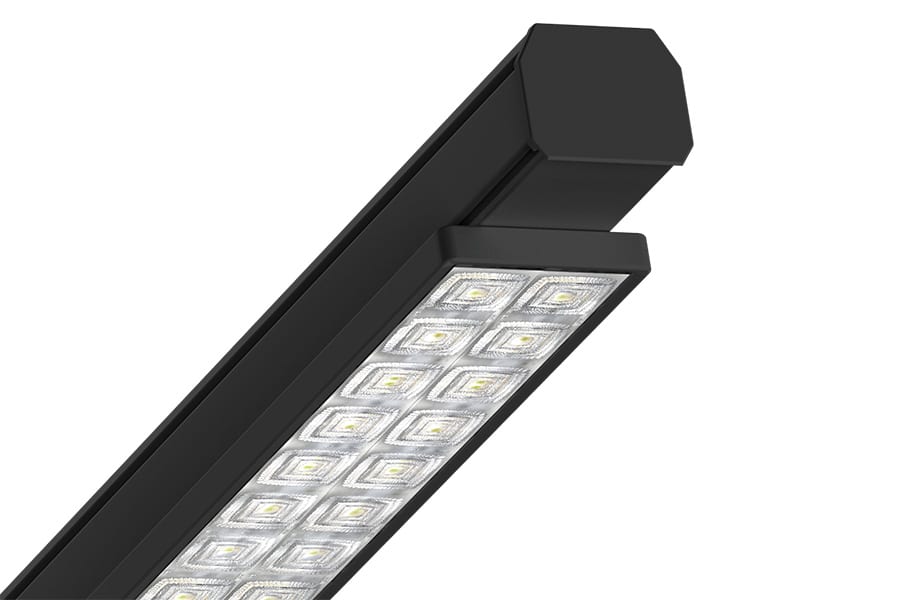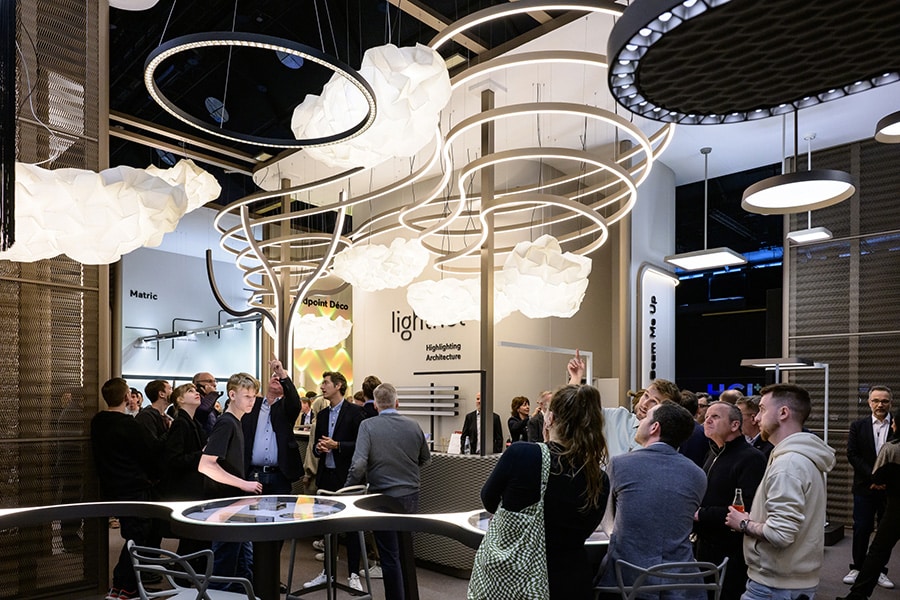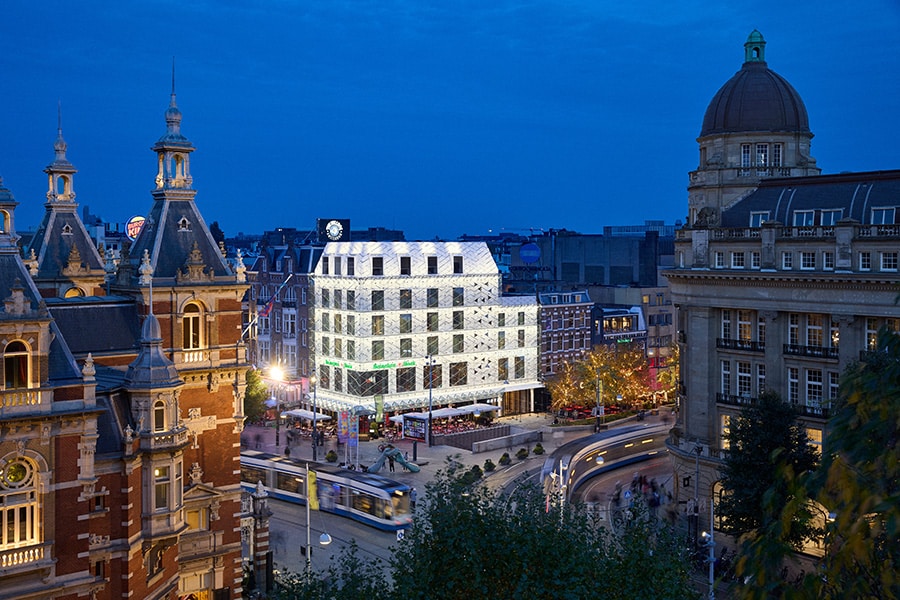
Announcing participants 10th edition Architecture Biennale Rotterdam
IT'S ABOUT TIME
The Architecture of Change
September 22 to November 13, 2022
IT'S ABOUT TIME, the 10th edition of the Architecture Biennale Rotterdam presents work by some 50 spatial designers and researchers who are inspiringly concerned with the future of our planet. The exhibition takes the Club of Rome report as a starting point and explores the fact of increasing time pressure and the current momentum for radical transitions. The exhibition offers perspectives for action and shows how we can use spatial design to tackle the ecological crisis. Central to this is the question: How do we literally shape our world sustainably? What is the architecture of transition?
The exhibition features work by 2001, 2050+, 51N4E, AgwA, Anastasia Egger, Andrés Jaque / Office for Political Innovation + Miguel Mesa del Castillo, Anupama Kundoo Architects, AREP, Beka & Lemoine, College of State Advisors, Encore Heureux, EPFL - Habitat Research Center, Ester van de Wiel, Philippe Rizzotti Architecte with ETH Zurich Chair of Sustainable Construction and Pavillon de l'Arsenal, FAST - Malkit Shoshan, FLUX, H+N+S, INCURSIONES, Irene Feria Prados - Frieder Vogler - Rik de Brouwer, gens, Jan Rothuizen, Janna Bystrykh, Joep van Lieshout, Lukasz Stanek & Michael, Dziwornu, McHarg Center - Richard Weller, MLA+, Monadnock, MVRDV, noAarchitects, OOZE, Openfabric, Planbureau voor de Leefomgeving, Space and Matter, Studio Joost Grootens, Studio Marco Vermeulen, Studio Ossidiana, Embassy of the North Sea, Superuse Studios, Ten Studio, TU Delft - Delta Urbanism, Sarah Calitz & Isabel Recubenis Sanchis, Turenscape - Kongjian Yu, Université du Luxembourg, Weronika Uyar and many others.
Focused on solutions
The exhibition shows solution approaches: from built projects to visionary proposals. In it, IT'S ABOUT TIME distinguishes three design stances: the ancestor, the activist and the accelerator. The ancestor connects the present with the past and distant future to rethink current lifestyles. Like Anupama Kundoo (Pune, India and Berlin, Germany), whose work slows down the construction process and works with local labor and materials. The activist strives for immediate results, through confrontational interventions in public spaces or in the media. One example is the installation Energies Désespoirs by Parisian architects Encore Heureux and artist BonneFrite, which, in 60 paintings, testifies to hope and despair in a world waiting for recovery. Accelerator deploys technology to accelerate the transition of existing systems through innovation. The video installation by Milanese 2050+ shows how the development of in vitro meat can have a positive spatial impact on the landscape globally, and addresses the ethical questions raised by this technology.
Forcing change
Forcing change and enabling effective transition often requires a combination of attitudes. Chinese landscape architect Kongjian Yu developed an alternative vision for the relationship of city and nature in Chinese urbanized areas. He actively approached mayors and political leaders and got them on board with a new climate-adaptive policy. He developed smart innovations, for example, to filter and store rainwater in cities.
Contemporary landscape shows glimmers of hope
Analysis is another way to encourage transition. The exhibition brings together studies by architects and urban planners on the causes and consequences of climate change in a contemporary landscape. Although the overall picture is bleak, there are also glimmers of hope. Malkit Shoshan studied the development of the Negev desert; once labeled an arid landscape to be conquered with artificial irrigation, now a battleground of social injustice and unsustainable "greening" projects. Janna Bystrykh shows the North American Midwest, where large-scale industrial farms are gaining regenerative farmers as new neighbors.
Historical pioneer examples
Central to the exhibition is a historical overview of the development of environmental awareness from the 1970s to the present. The timeline shows that many insights and solutions were already known 50 years ago, when the Club of Rome published the report The Limits to Growth. The architecture of O.M. Ungers' Solar House and Lacaton & Vassal's Maison Latapie is still relevant today. Yet for a long time they remained pioneering examples that had no great following. Meanwhile, a rapidly growing number of people are aware of the urgency of climate change and these ideas are being widely adopted.
Transition arena
The 10th edition of the Architecture Biennale Rotterdam is more than an exhibition. A transition arena will host working sessions. Among others with designers involved in ongoing research into the transformation of cities such as Amsterdam, Rotterdam and Tilburg. Different visions of the future of the Netherlands will come together and be discussed here.
www.architecturebiennalerotterdam2022.nl




